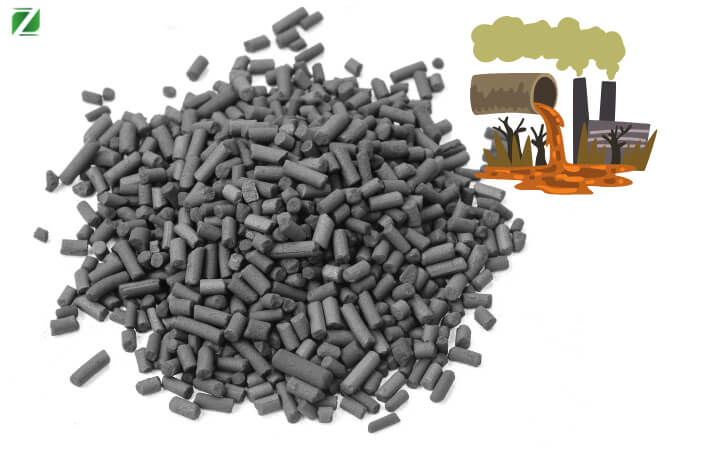
Odors Introduction
Airborne OdorsAirborne odors come from a wide range of sources. Industrial facilities emit various volatile organic compounds (VOCs), which are not only smelly but also harmful to human health. From paint shops releasing solvents to chemical plants emitting sulfur - containing compounds, these odors can spread over large areas, affecting the quality of life for nearby residents. Indoor spaces are also not immune. Cigarette smoke, cooking smells, and mold can all contribute to unpleasant indoor air.
Wastewater Odors
Wastewater treatment plants are notorious for their foul odors. The decomposition of organic matter in wastewater produces gases such as hydrogen sulfide, ammonia, and mercaptans. These odors not only create an unpleasant environment for plant workers but can also waft into surrounding neighborhoods, causing discomfort and even health issues for local residents.
Activated Carbon Introduction
.jpg)
Activated carbon is a form of carbon that has been processed to create a vast network of tiny pores, increasing its surface area and making it highly effective at adsorbing odors and impurities. This material is widely used in various applications due to its ability to trap and hold contaminants, making it an ideal choice for odor removal.
Properties of Activated Carbon: High surface area, microporous structure, and chemical stability.
How Activated Carbon Works: Adsorption process that captures odor-causing compounds.
Types of Activated Carbon: Granular, powdered, pelletized, and impregnated activated carbon.
Odor Control Applications
Activated carbon is used in a variety of applications to manage and eliminate odors effectively:Air Purification: Used in air filters and purification systems to remove odors from indoor and outdoor environments.
Wastewater Treatment: Employed in treatment plants to reduce odors from sewage and industrial wastewater.
Industrial Applications: Utilized in manufacturing and processing facilities to control emissions and maintain air quality.
Household Products: Found in products like air purifiers, deodorizers, and odor-neutralizing sprays.
Landfill gas treatment: Used in systems to capture and neutralize odors and harmful gases from landfill emissions.
Municipal wastewater deodorization: Employed in treatment facilities to eliminate foul odors from wastewater processes.
Chemical manufacturing exhaust systems: Utilized in exhaust systems to remove pollutants and maintain clean air emissions in chemical manufacturing.
Zhulin Carbon for Odor Removal
Zhulin Carbon provides a comprehensive range of activated carbon products, each tailored to specific odor removal needs.Pellet Activated Carbon:
Pellet activated carbon, formed into cylindrical shapes (1–5 mm in diameter), offers low-pressure drop and high mechanical strength, making it ideal for industrial air filtration systems. It is widely used to remove volatile organic compounds (VOCs), odors, and other gaseous pollutants, with its uniform shape ensuring efficient packing and maximum contact with the air stream. Its high adsorption capacity, durable structure, and long operational life make it a cost-effective solution for maintaining air quality.Powder Activated Carbon (PAC):
Powdered activated carbon (PAC), composed of fine granules typically smaller than 0.18 mm, features a high surface area and rapid adsorption kinetics, making it ideal for treating liquids and gases. It is commonly used in wastewater treatment to remove dissolved organic impurities and odors and is also effective in emergency spill response for quickly adsorbing contaminants from water bodies. Its fast adsorption rate and flexible dosing enable efficient treatment of varying contamination levels.

